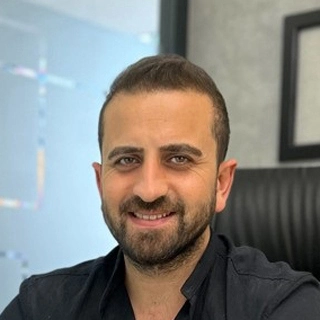Benefits
Enjoy a comfortable and engaging experience with amenities designed for relaxation, entertainment, and convenience.
Missing teeth can affect your confidence, chewing ability, and overall oral health. A dental bridge offers a reliable, fixed solution to replace one or more missing teeth, restoring both function and aesthetics. Choosing to get your dental bridge in Turkey allows you to benefit from expert craftsmanship, premium materials like Zirconia, and significant cost savings – often up to 60% less than in the UK, USA, or Europe. Let a turkey dental bridge restore your complete smile.
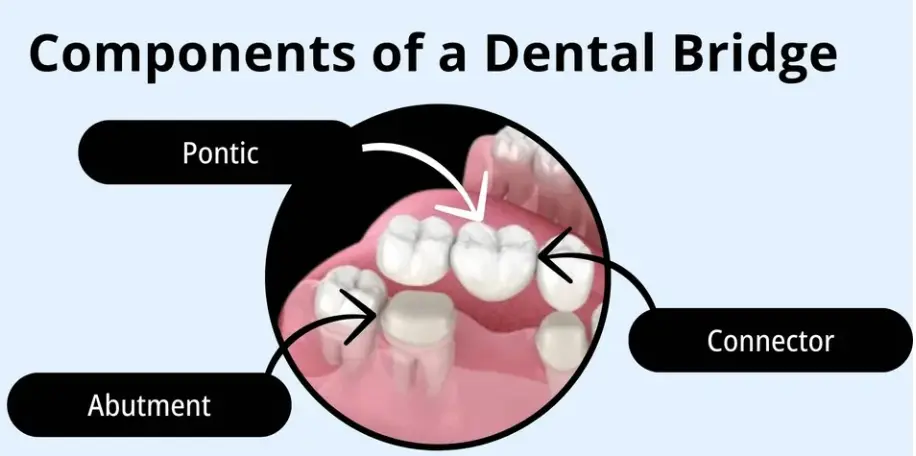
Explore our gallery showcasing Dental Bridge before and after pictures of real patients and see the transformative results.
The dental bridge cost Turkey provides outstanding value. The price depends on the number of missing teeth being replaced (which determines the number of units in the bridge) and the material chosen (e.g., PFM or Zirconia). A standard 3-unit bridge (replacing one missing tooth using two adjacent teeth for support) is often priced similarly to three individual crowns.
Below is a general price comparison for a 3-unit bridge.
| Bridge Material Type | Dentalays / Turkey (Estimate € for 3 units) | UK / Europe / USA (Estimate € for 3 units) |
|---|---|---|
| PFM (Porcelain-Fused-Metal) | €390 - €600 | €1,800 - €3,300+ |
| Zirconia | €540 - €840 | €2,400 - €4,500+ |
Please note: These are estimated starting dental bridge price turkey points. Implant-supported bridges have different cost structures. For a precise, all-inclusive quote tailored to your needs, please request a free, personalized consultation.
What is a dental bridge? It's a dental restoration used to replace one or more missing teeth by literally "bridging" the gap. It typically consists of two main parts:
The entire bridge is cemented onto the prepared abutment teeth, providing a fixed and non-removable solution.
The dental bridge work involves careful preparation of the supporting teeth:
Assessment: Your dentist examines the gap, assesses the health of the potential abutment teeth (adjacent to the gap) using X-rays, and discusses bridge types and materials (Zirconia, PFM).
Anaesthesia: The abutment teeth and surrounding gums are numbed.
Abutment Preparation: Similar to preparing teeth for single crowns, the dentist reshapes the abutment teeth by removing enamel to create space for the crowns that will anchor the bridge.
Impression/Scan: A precise digital scan or traditional impression is taken of the prepared abutment teeth, the gap, and the opposing teeth to ensure a perfect fit and bite. Shade matching is performed.
Temporary Bridge: A temporary bridge is often fabricated and placed to protect the prepared teeth and maintain aesthetics while the permanent bridge is made.
The digital scan or impression is sent to our dental lab. Technicians craft the bridge as a single unit – the pontic(s) fused seamlessly to the abutment crowns – using the selected material (Zirconia or PFM).
Temporary Removal: The temporary bridge is removed, and the abutment teeth are cleaned.
Try-in & Adjustment: The permanent bridge is placed. The dentist meticulously checks the fit over the abutment teeth, the contact of the pontic with the gums, the bite, and the overall aesthetics. Adjustments are made as needed.
Cementation: Once the fit and appearance are perfect, the bridge is permanently cemented onto the abutment teeth using strong dental cement. Excess cement is removed.
Final Bite Check: Your bite is checked again to ensure comfort and proper function. Care instructions are provided.
We offer several dental bridge types to suit different clinical situations:
The most common type. Requires healthy teeth on both sides of the gap to serve as abutments. Usually made from PFM or Zirconia. Ideal for replacing one or two teeth.
Used when there is only one healthy tooth available next to the gap to act as an abutment. The pontic is supported only on one side. Not typically recommended for back teeth due to leverage forces.
A more conservative option often used for dental bridge front teeth. Instead of full crowns, it uses metal or ceramic "wings" bonded to the back of the adjacent teeth to support the pontic. Requires less tooth preparation but is not as strong as a traditional bridge.
Uses dental implants surgically placed into the jawbone as the abutments instead of natural teeth. This is an excellent option for replacing multiple missing teeth without affecting adjacent natural teeth. A dental implant bridge turkey offers superior stability and preserves jawbone.
| Pros | Cons |
|---|---|
| Restores Smile & Function: Fills gaps, improves chewing/speech. | Requires Abutment Preparation: Healthy adjacent teeth must be crowned. |
| Fixed Solution: Unlike removable dentures, it's permanently cemented. | Cleaning Challenge: Requires special flossing under the pontic. |
| Prevents Teeth Shifting: Stops adjacent/opposing teeth drifting. | Potential Stress on Abutments: Abutment teeth bear extra load. |
| Relatively Quick: Usually completed in two visits over a week. | Bone Loss Continues: Jawbone under the pontic may still resorb over time. |
| Aesthetically Pleasing: Can look very natural, especially Zirconia. | Longevity Dependent on Abutments: Bridge fails if abutment teeth fail. |
A dental bridge may be the right solution if you:
Choosing Dentalays ensures you receive a high-quality, long-lasting turkey dental bridge:
The dental bridge cost turkey depends on the number of units (missing teeth + supporting teeth) and material. A 3-unit Zirconia bridge might cost €540-€840, significantly less than the €2,400-€4,500+ in the UK/USA.
With good oral hygiene and regular check-ups, a well-made dental bridge can last 10-15 years or even longer.
No. The preparation of abutment teeth is done under local anesthesia, making it painless. Some temporary sensitivity after preparation or cementation is possible but manageable.
Cleaning under the pontic is crucial. You'll need special tools like floss threaders or interdental brushes to remove plaque and food debris from underneath the artificial tooth.
Yes, once you are accustomed to it, a dental bridge restores normal chewing function. However, avoiding extremely hard or sticky foods is generally advisable to prolong its life.
Yes, especially bridges made from Zirconia or high-quality porcelain. They are custom-shaded and shaped to match your natural teeth, particularly important for a dental bridge on front teeth.
An implant replaces the tooth root and doesn't require altering adjacent teeth, making it generally the preferred option if clinically suitable. A bridge is faster and can be a good option if adjacent teeth already need crowns or if implants are not feasible.
A permanently cemented bridge is not designed for easy removal by the patient. A dentist can remove it if necessary (e.g., for repairs or if an abutment tooth has issues), but this often involves cutting the bridge.
The entire process usually takes about 5-7 days, involving two main appointments: one for preparation/impressions and one for fitting the permanent bridge a few days later.
Yes, choosing a reputable clinic like Dentalays, which uses high-quality materials, advanced technology, and experienced dentists, ensures a safe and successful outcome for your turkey dental bridge.
In dentistry, high-resolution photographs are taken to evaluate the patient’s existing tooth structure and facial aesthetics. These photos are used to document and analyze the condition, color, and shape of the teeth and their harmony with the patient’s face.
Why is it important? Professional photographs help dentists and lab technicians plan the restoration process and achieve ideal aesthetic results.

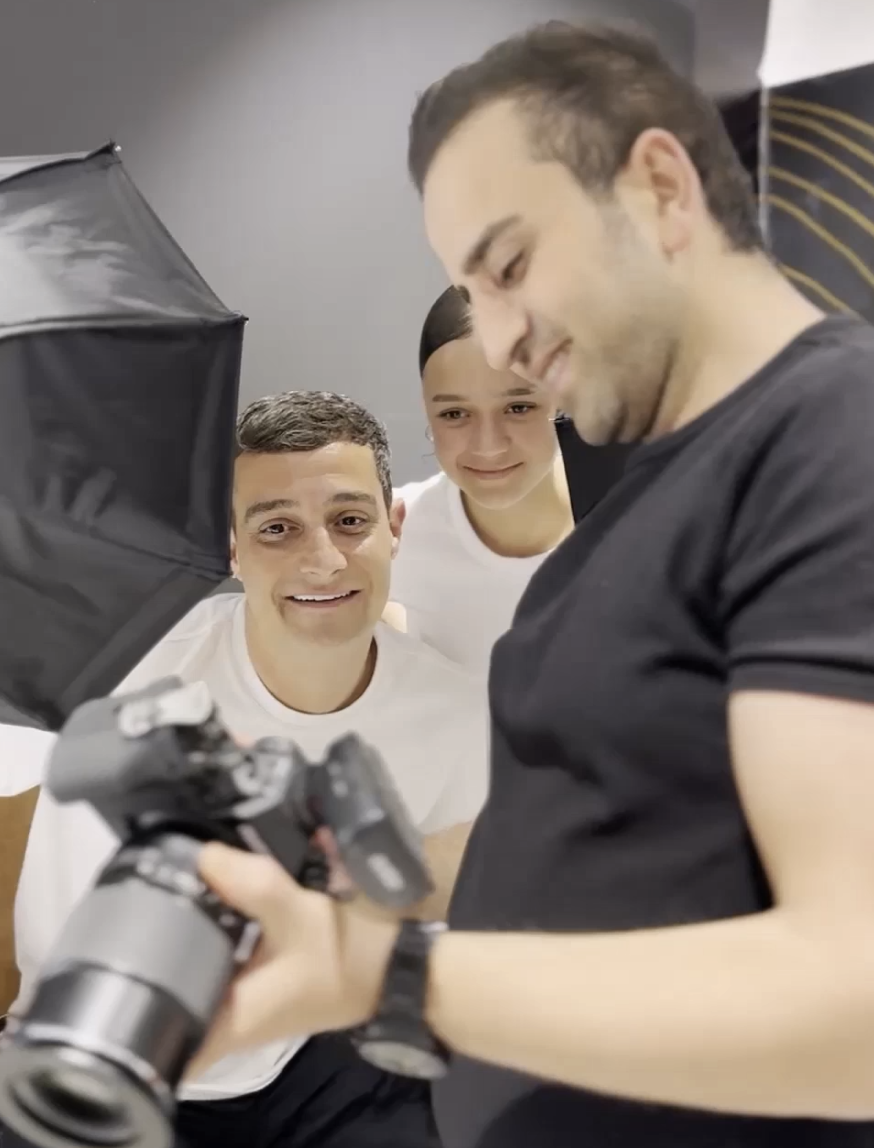
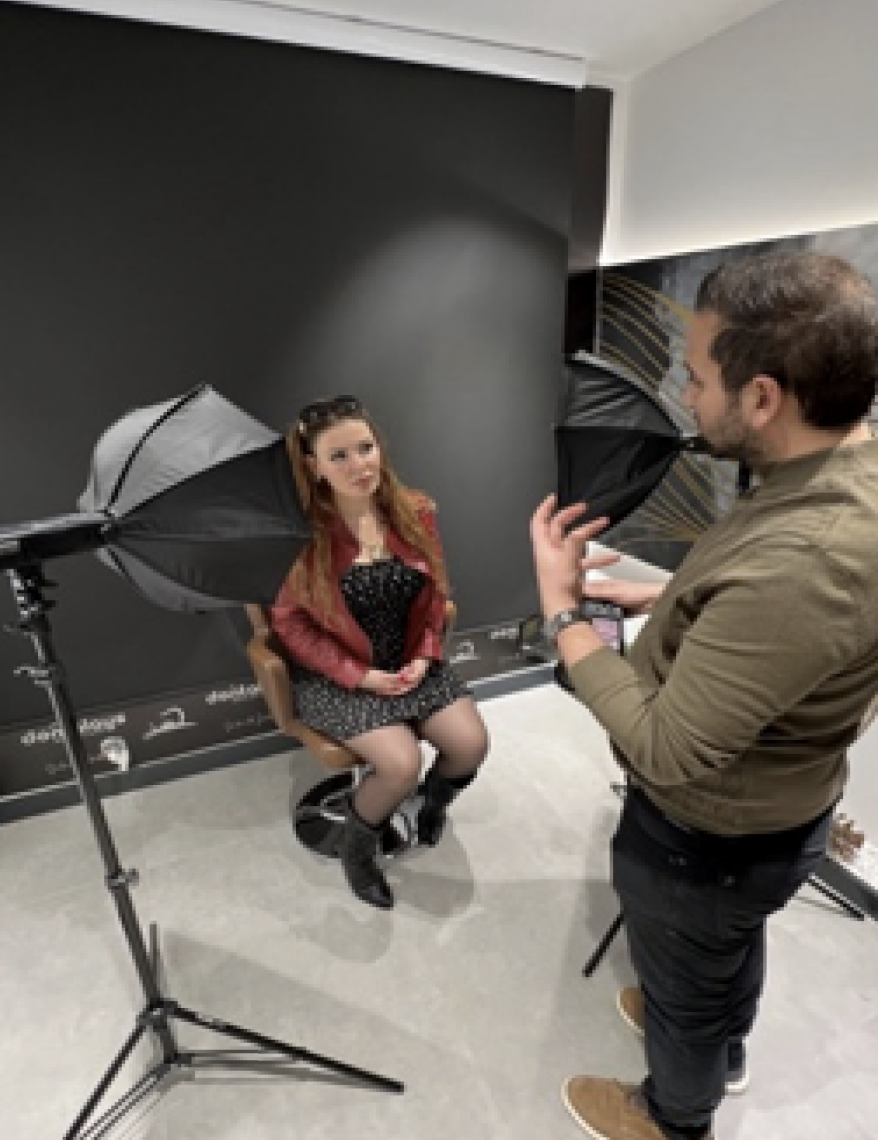
5D scanning technology allows for highly precise digital scanning of teeth and oral structures. This technology goes beyond traditional 3D scans by capturing additional information such as color, texture, and movement.
Why is it important? 5D scanning enables the creation of detailed digital models of teeth, allowing for more accurate and personalized restorations. This accelerates the treatment process and provides a more comfortable experience for the patient.
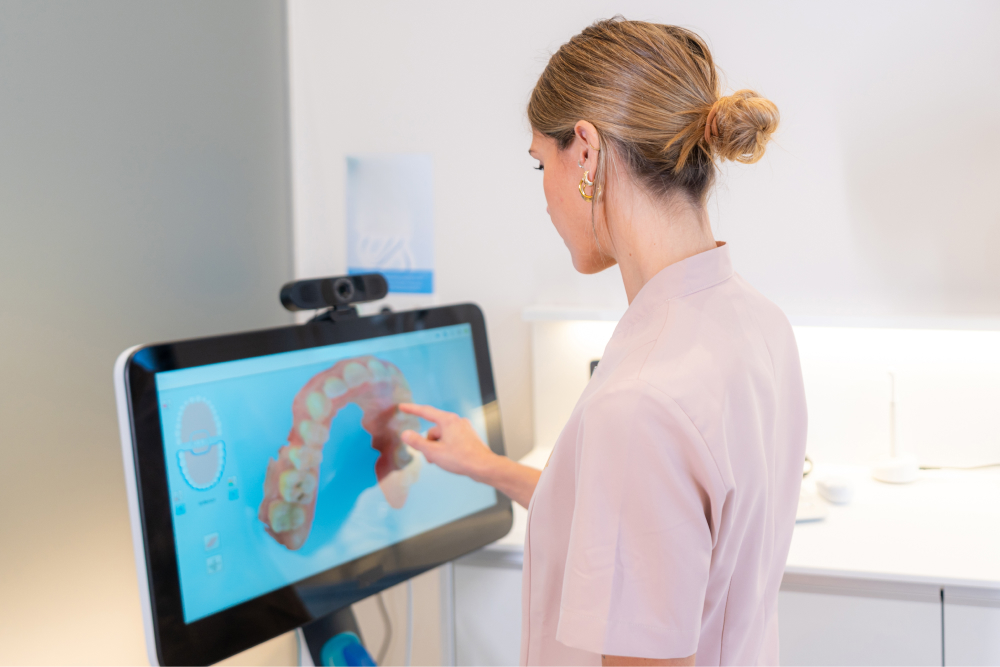
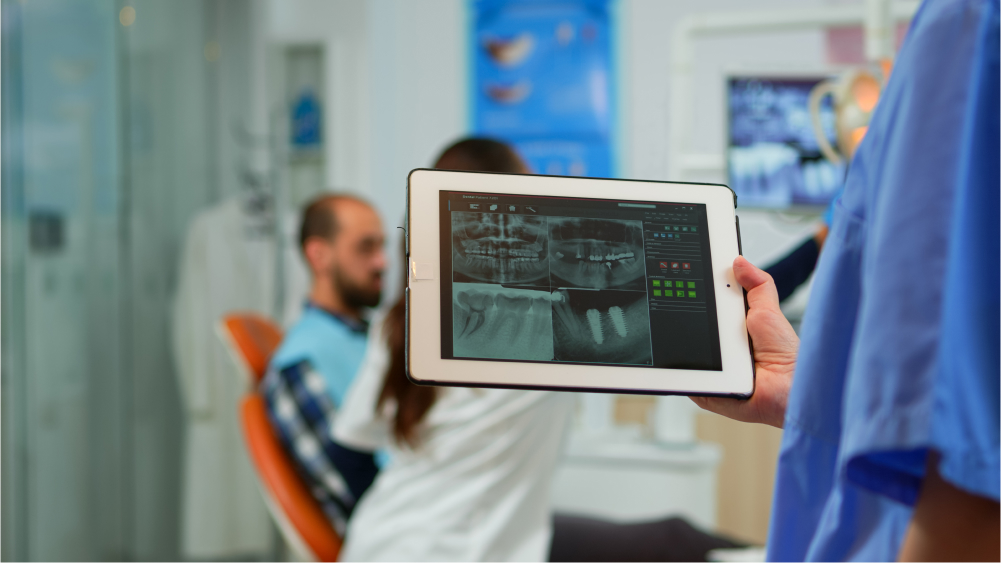
Special dental burs are used for shaping teeth with minimal preparation and for the precise placement of restorations. These burs are high-precision and sharp instruments.
Why is it important? The use of special dental burs for accurate and minimally invasive preparation maximizes the preservation of tooth structure and improves aesthetic outcomes.

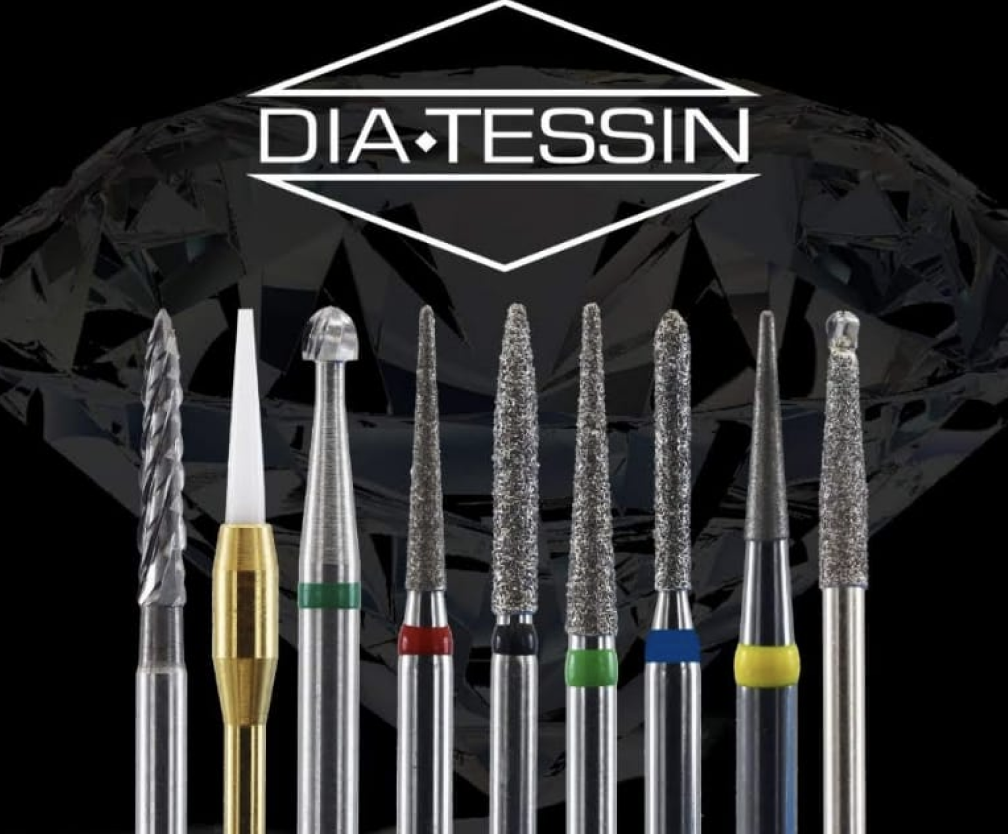
Dental laboratories equipped with advanced technology play a key role in the production of restorations. These labs use CAD/CAM systems, high-precision manufacturing devices, and biocompatible materials.
Why is it important? Laboratories with quality and technological infrastructure ensure that restorations are produced with perfect fit and aesthetics. This helps patients achieve long-lasting and natural-looking results. Minimal prep technology, with the integration of these components, provides highly aesthetic and functional restorations while preserving the natural structure of the teeth. These methods increase patient satisfaction and make treatment processes more efficient.




Enjoy a comfortable and engaging experience with amenities designed for relaxation, entertainment, and convenience.
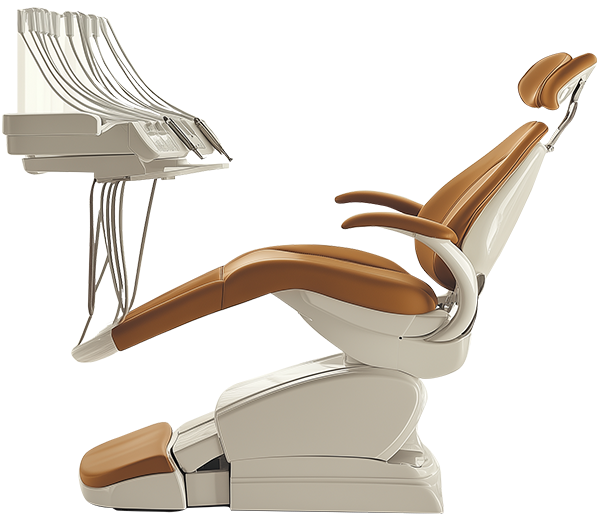




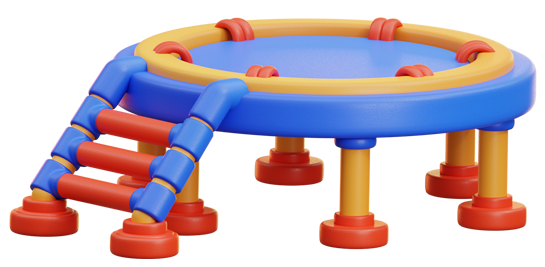

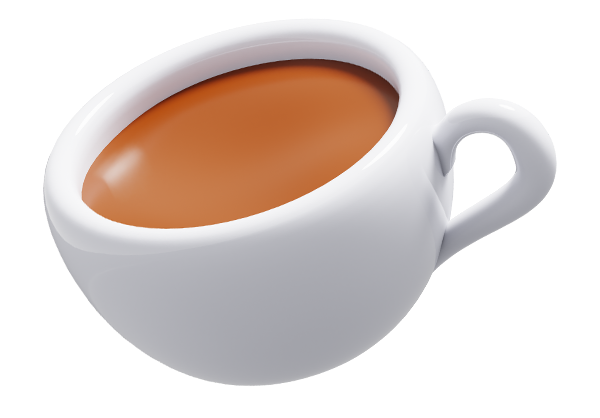
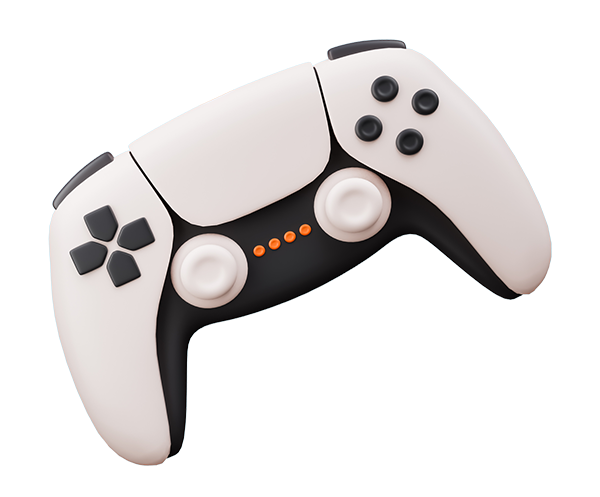
Real experiences from our international patients who chose Dentalays for their treatment.
"Closed the gap perfectly." "I didn't want surgery for an implant. The Zirconia bridge closed the gap where I lost a tooth. It looks like three individual teeth, not a block."
– Jessica T. | Glasgow, UK | ✅ Verified Patient: Dental Bridge
"Secure and functional." "Chewing is easy again. The bridge fits tightly against the gum, so food doesn't get trapped. Very skilled prep work."
– Michael C. | Liverpool, UK | ✅ Verified Patient: Zirconia Bridge
Real experiences, real smile
